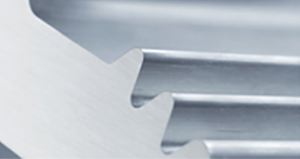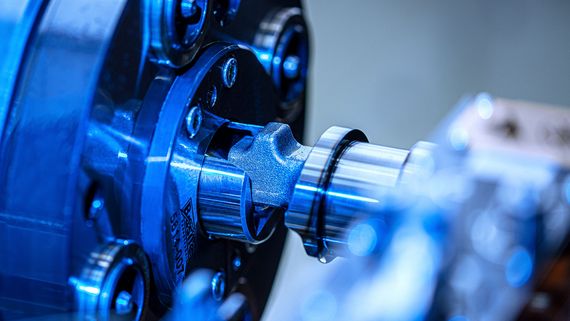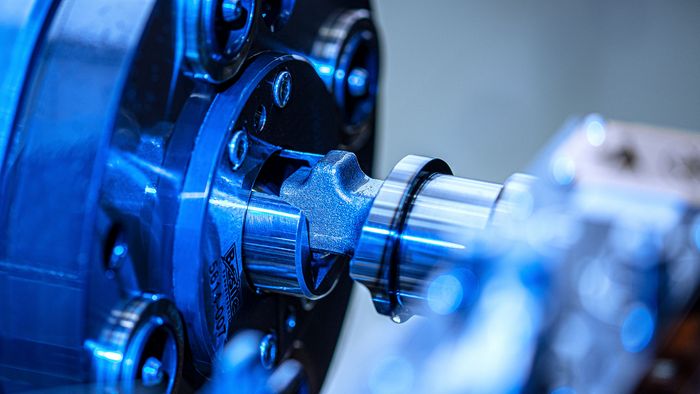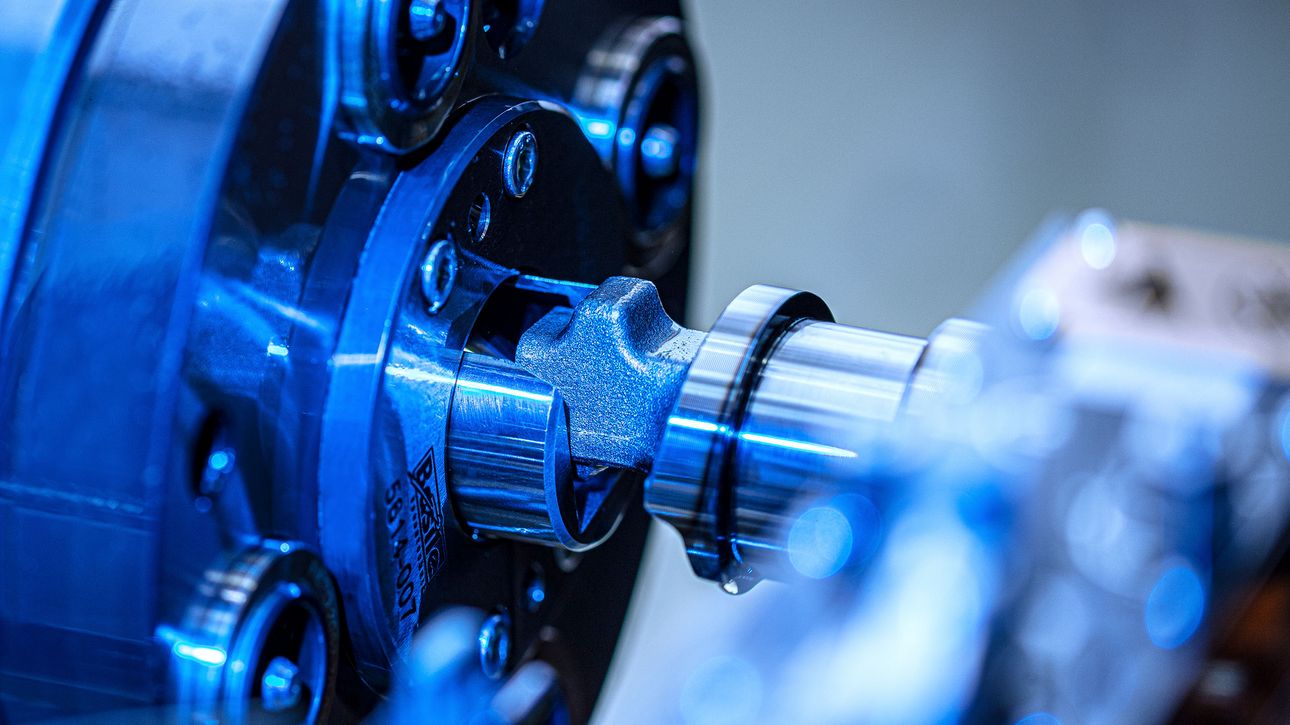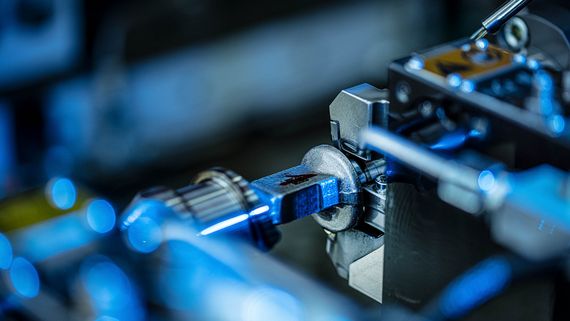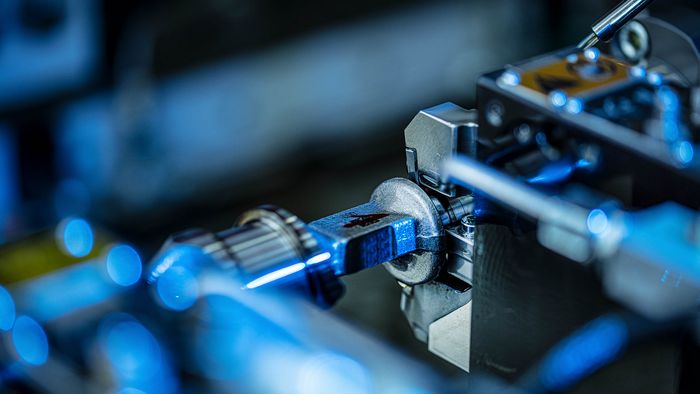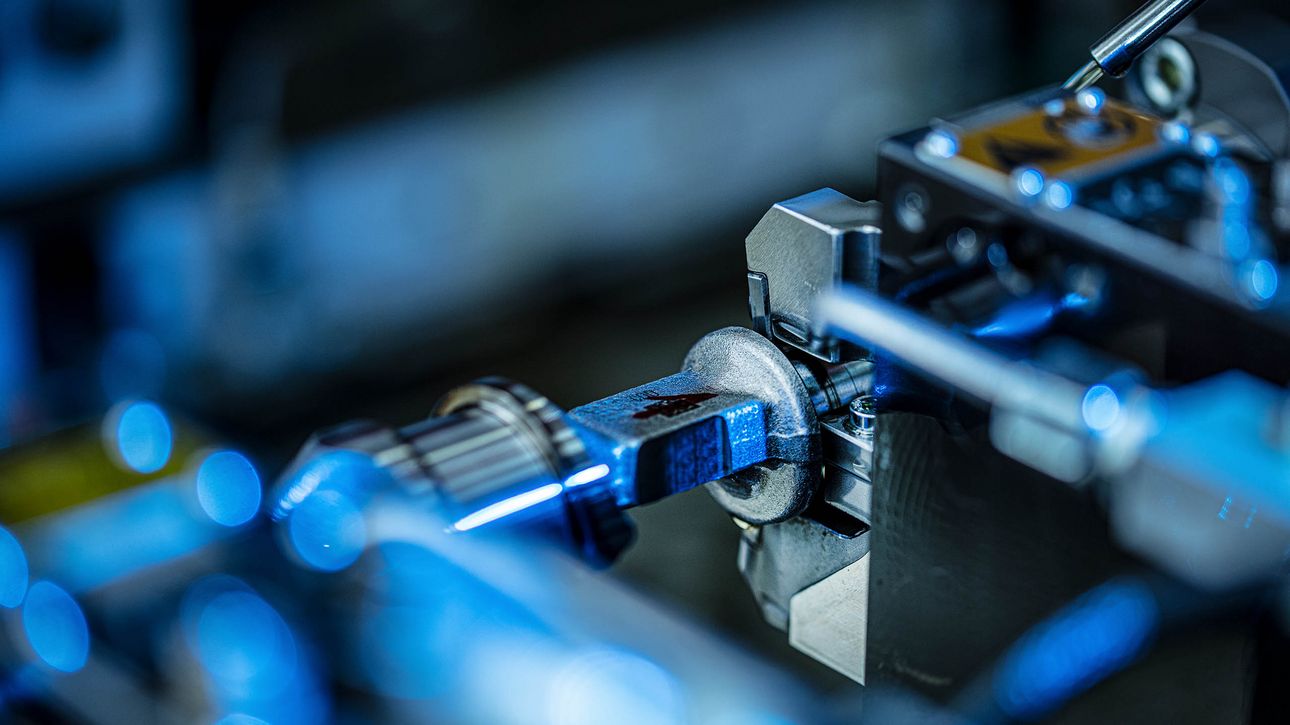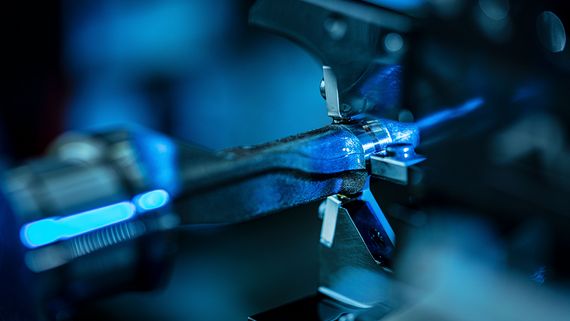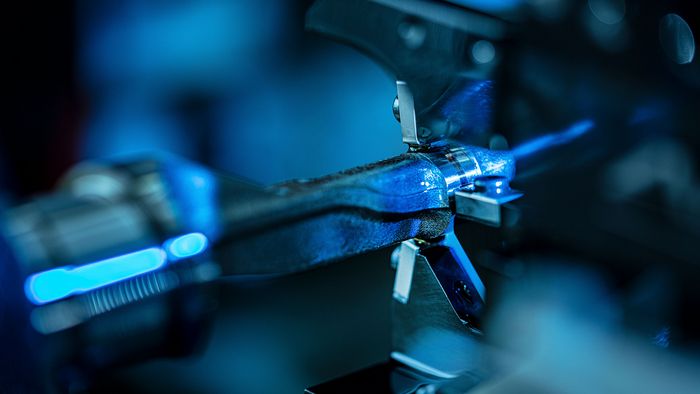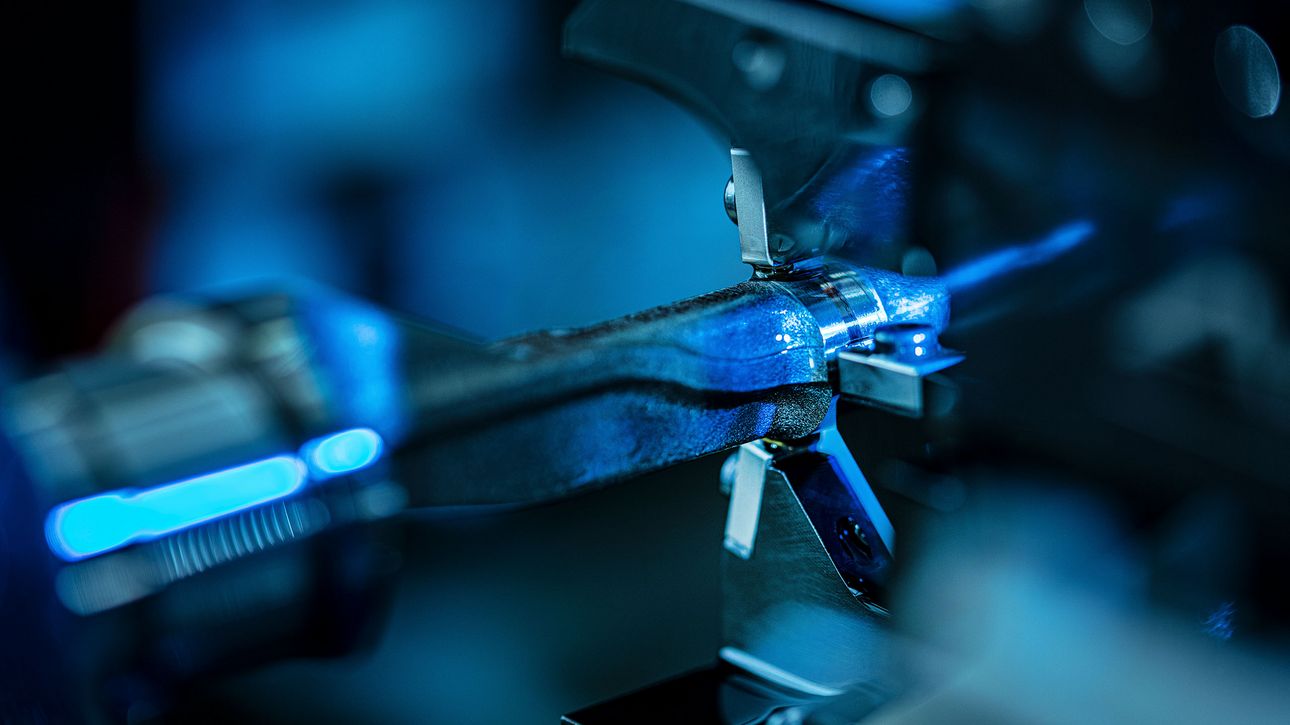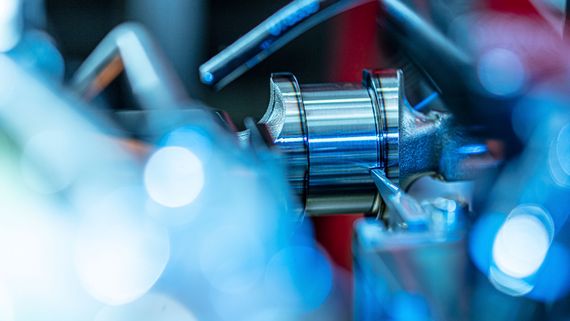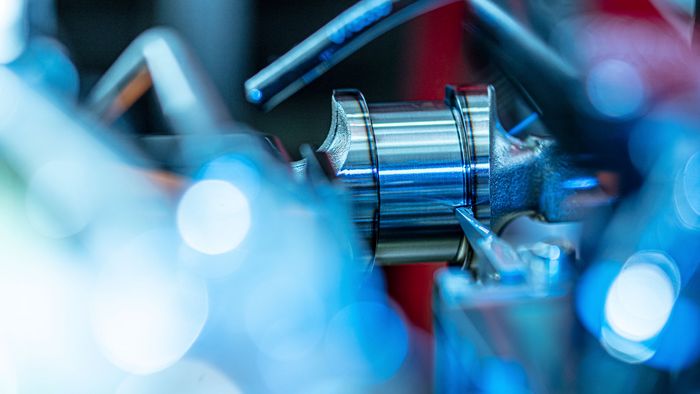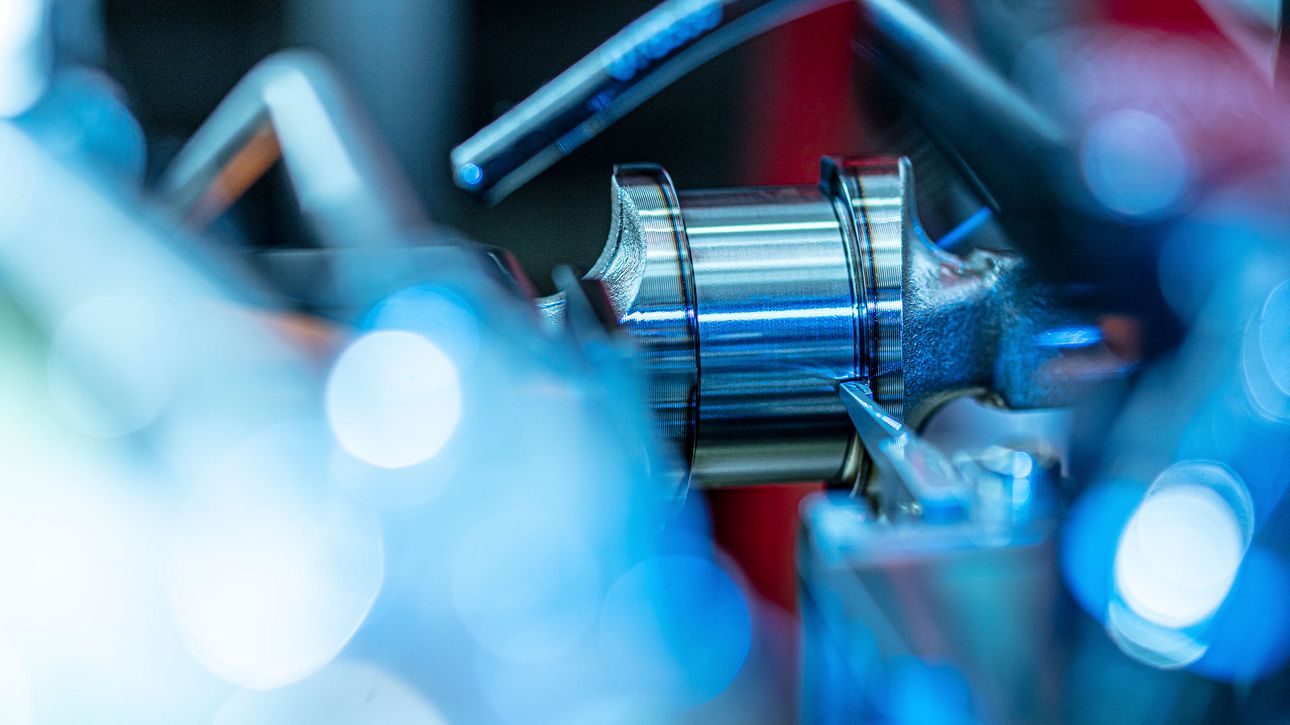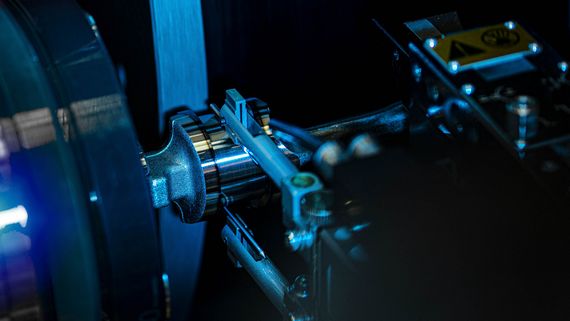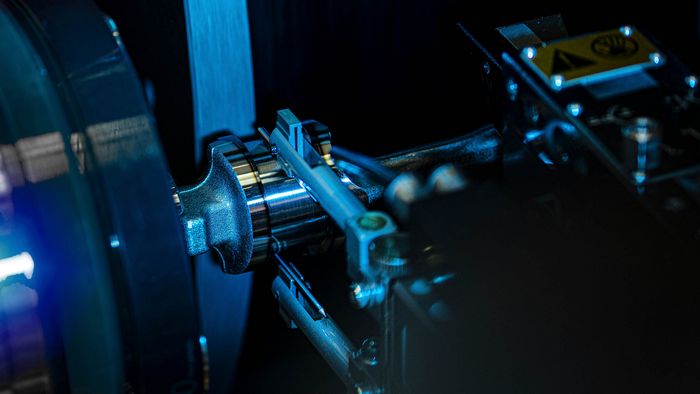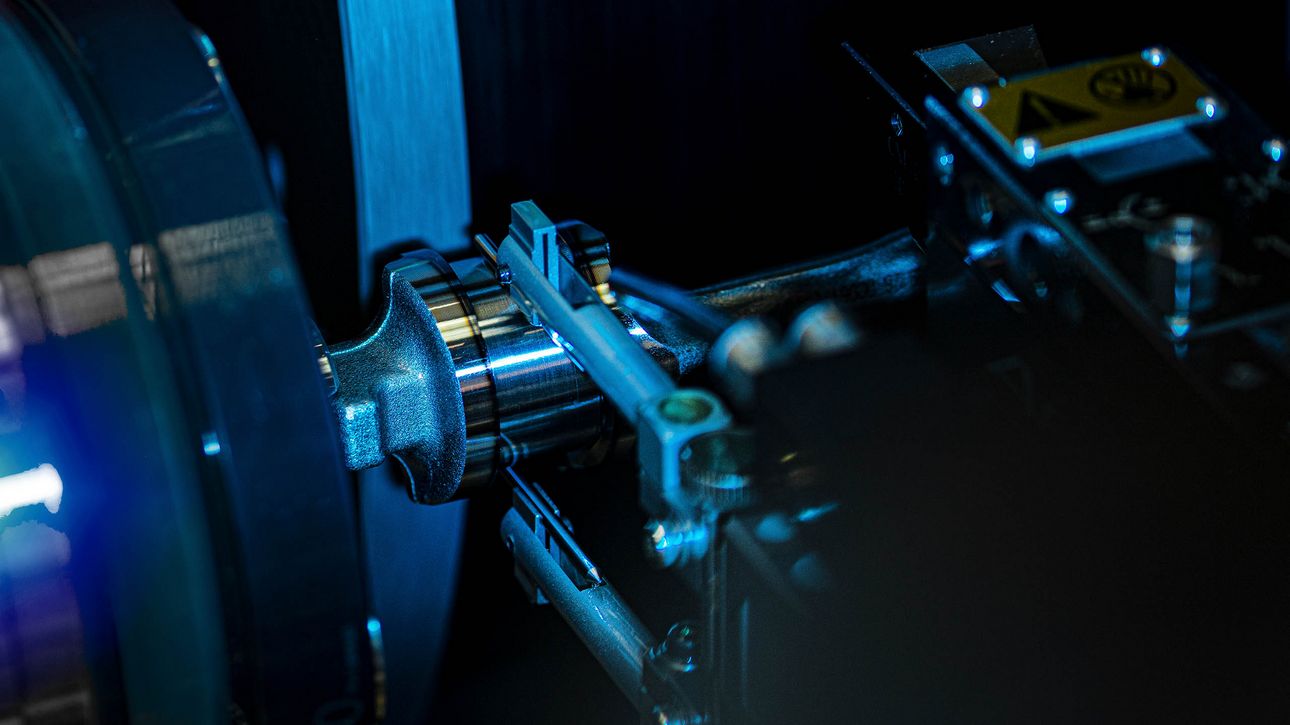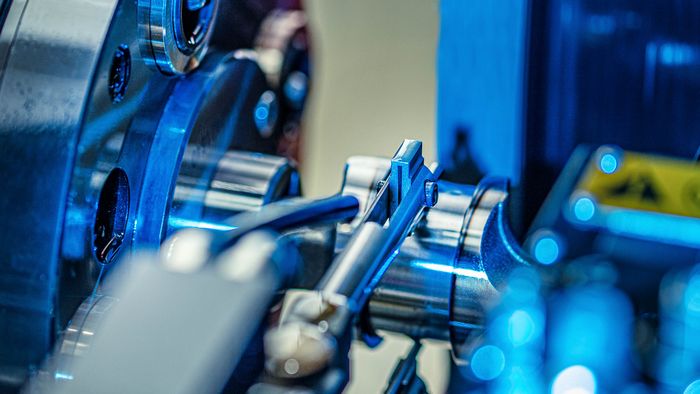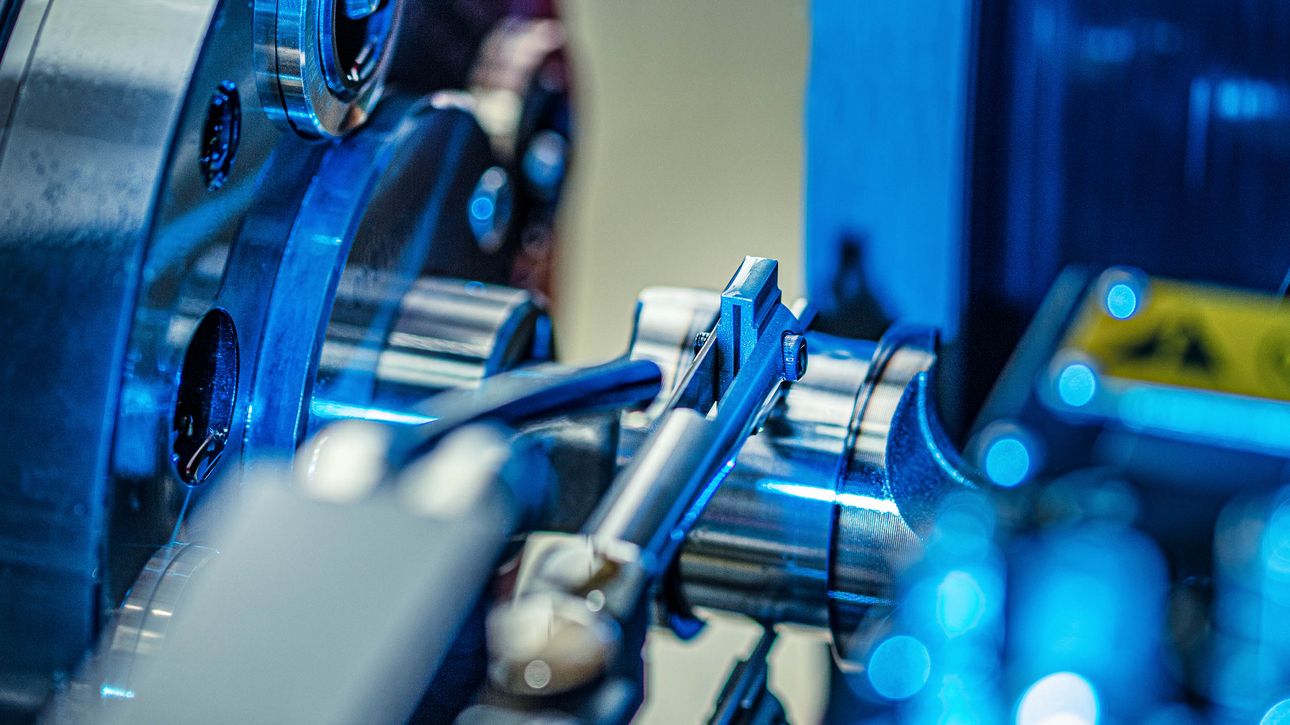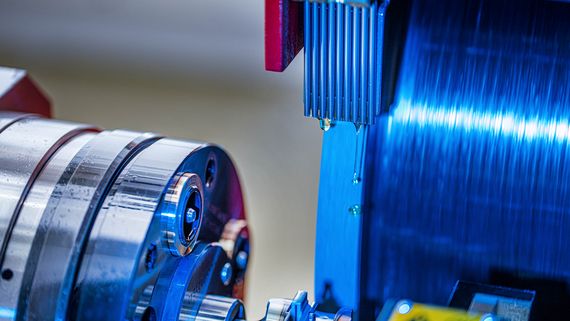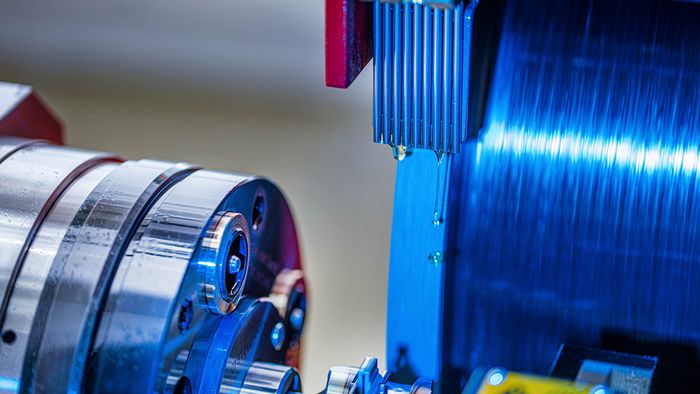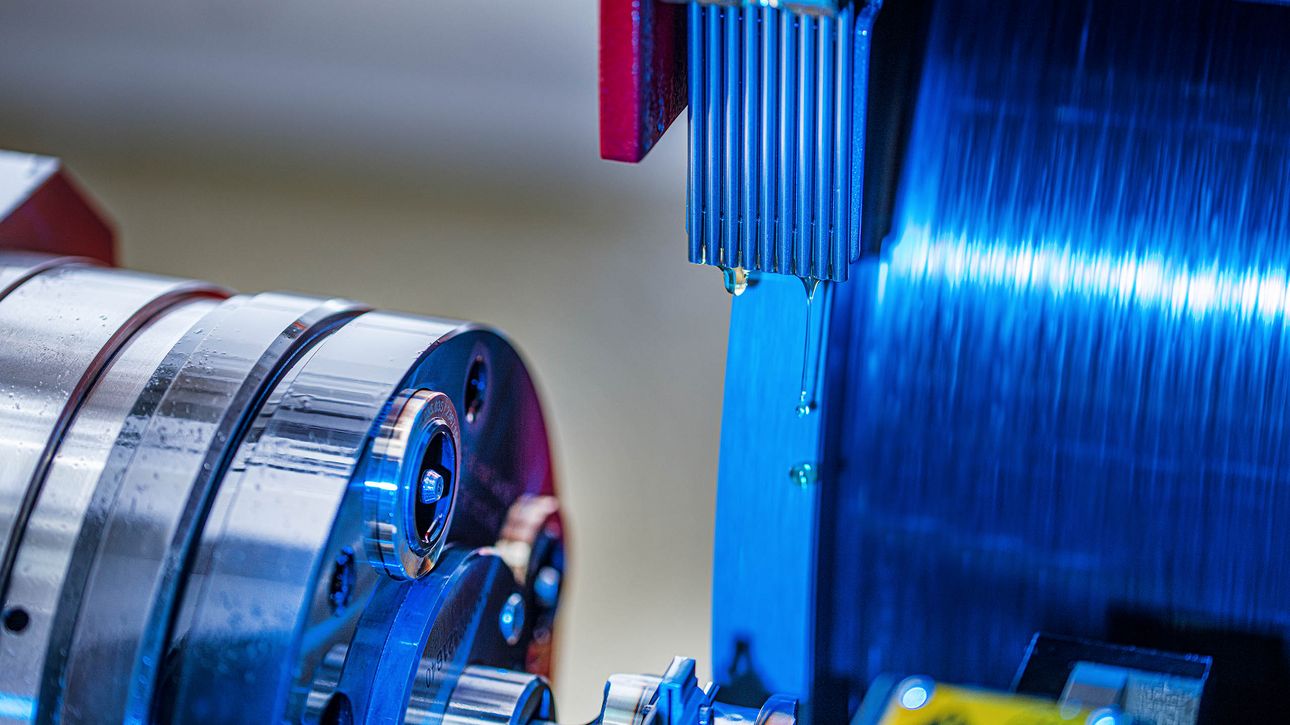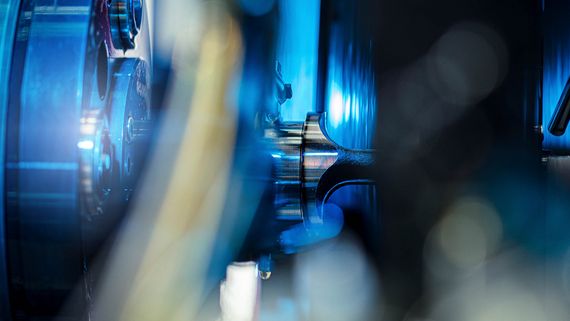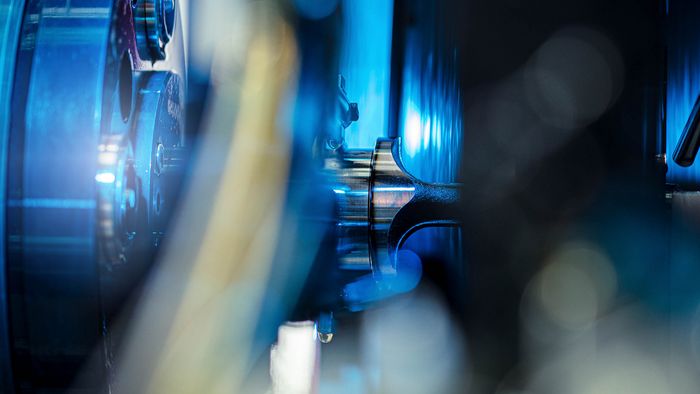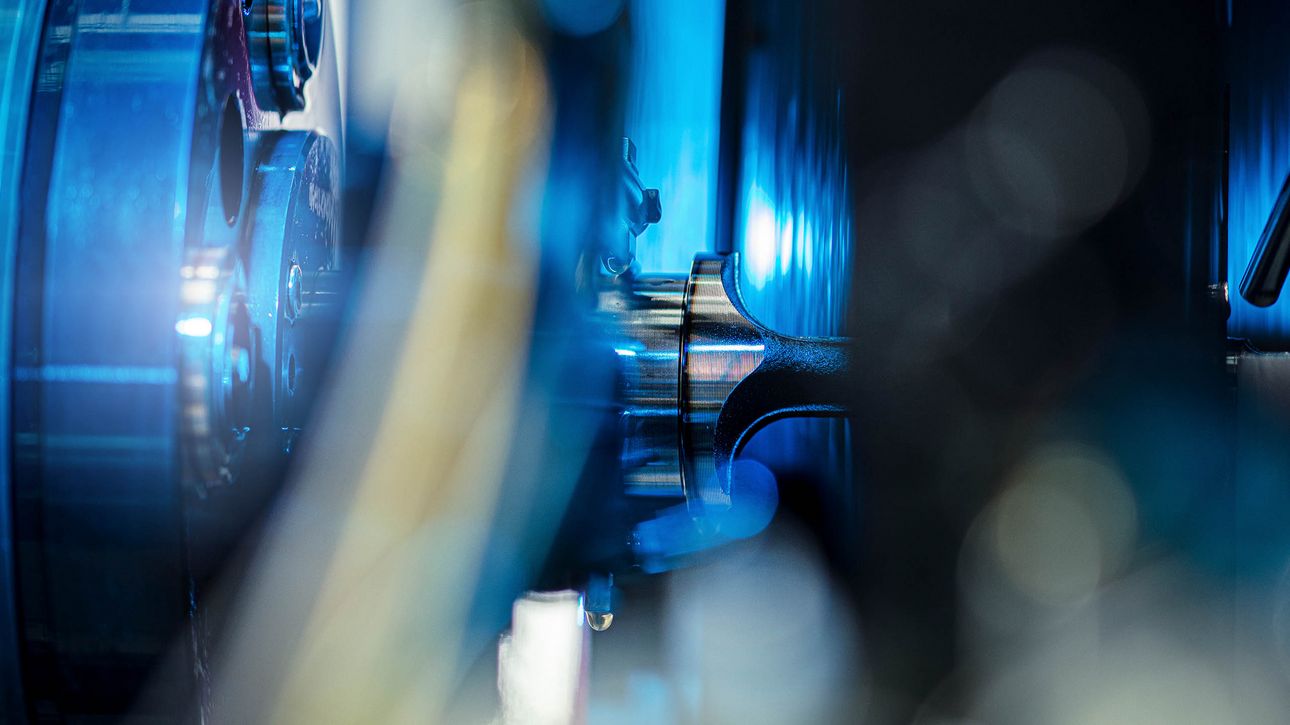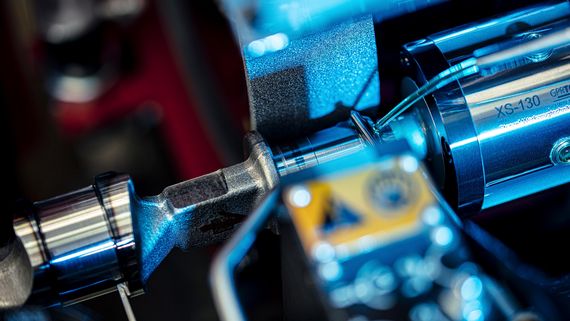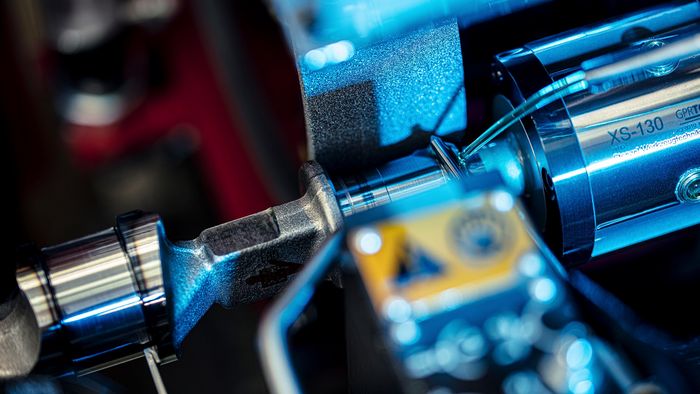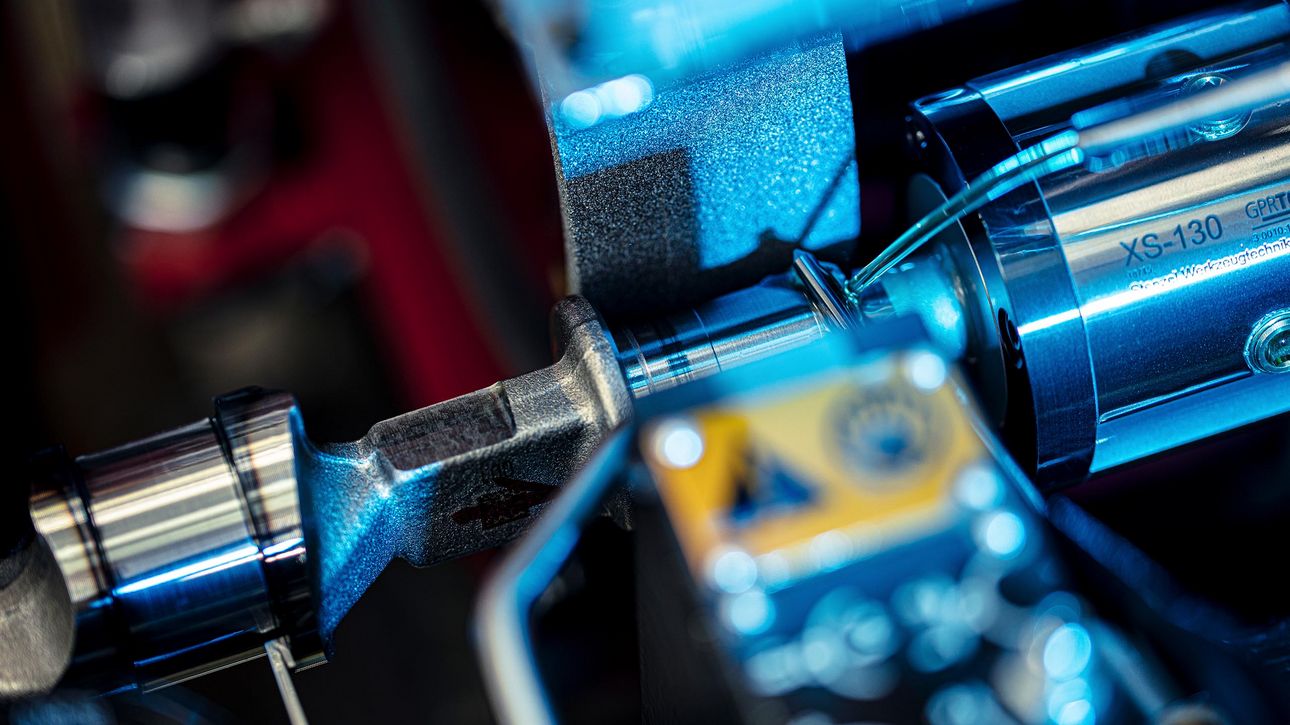ALL THE WAY TO MARS
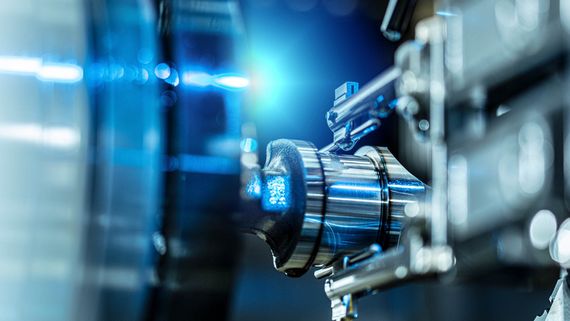
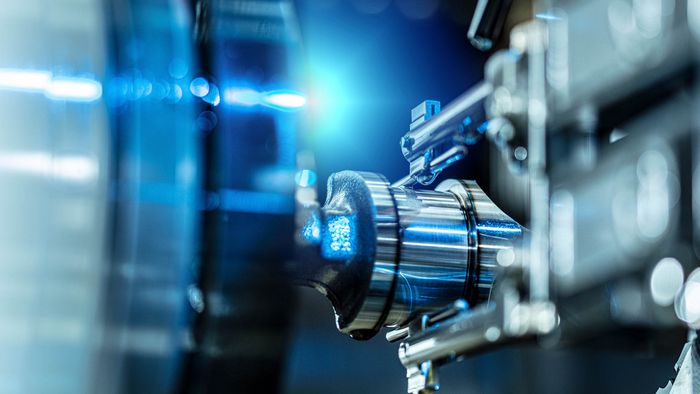
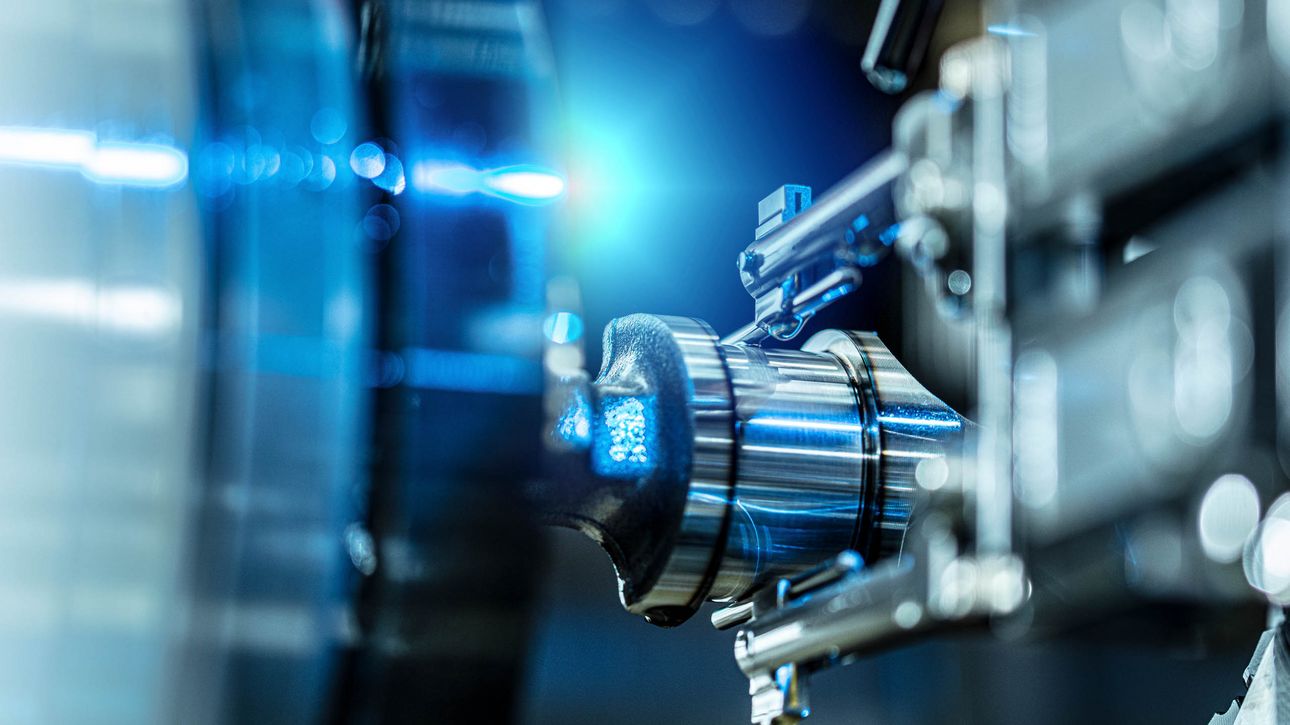
AN INCONSPICUOUS GRAY BOX stands on the red sand of Mars. Smoke rises from the satellite system. Alexander Gerst controls the Rollin’ Justin robot from a spaceship. The robot opens the system on the surface of Mars. It identifies the smoking module and replaces it with a new one. The astronaut uses a tablet to define which work steps the robot must perform. Finished! Communication with the red planet is ensured. Admittedly, this was only a simulation. The robot was deployed in the Space Center in Oberpfaffenhofen, Germany, and Alexander Gerst was controlling it from the International Space Station (ISS). Intelligent robots are actually considered a crucial factor in the discovery and exploration of distant planets. And it’s quite possible that with Rollin’ Justin or one of his colleagues a piece of grinding technology from the UNITED GRINDING Group may also be used on Mars. So-called robot speed reducer gears are used in robot joints. These reducer gears decrease the speed of the motor that drives the joints. Without them, the robot would not be able to execute metered movements. “In the combination of cost-effectiveness, efficiency and machining quality, grinding is superior to all other manufacturing processes”, declares Prof. Dr. Konrad Wegener from the Institute for Machine Tools and Production at ETH Zurich. The robot speed reducer gears are an impressive illustration of this: Semicircular grooves with a diameter tolerance of +/- 3 μm (+/- 0.000`12”) are ground into the joints. Manufacturing is 24/7 unmanned operation. “Around 2.5 million such gears are ground each year with MÄGERLE machines”, estimates Product Manager Viktor Ruh.
THREE CRITERIA
Grinding as a machining process is an ageold technology. As far back as Ancient Greece grinding stones were cooled with water or oil. The first cylindrical grinding machine came onto the market in 1845. And in the 174 years since, this manufacturing process has lost none of its relevance. “The process is distinguished by the highest removal rates, short cycle times and minimal tool wear. No other technology offers this”, concludes Harri Rein. Rein is CTO of the Tool Technology Group. Daniel Huber performs this role for Cylindrical, Daniel Mavro for Surface & Profile. Together with Christoph Plüss, the Group’s Chief Technology Officer, they form the CTO Board, which establishes the guidelines for the technological development of the eight company brands. Grinding is used not only in robotics but also in microelectronics. The so-called semiconductor wafers, used as the base plate for electronic components, are ground. In innovative technologies, the use of new materials is often only made possible by the relevant machining processes. Ceramic composites in jet engines in the aerospace industry, for example, can best be machined by grinding. “Lightweight components made from carbon fiber reinforced plastic for the automotive or aircraft industry are machined with PCD tools, which have first passed through a grinding process”, explains Huber.
ADVANTAGES IN APPLICATION
The high machining quality of grinding provides numerous advantages in industrial applications. “Finer surface qualities in the automotive sector cause less friction and so lead to a higher engine efficiency”, says Mavro. “Narrower tolerances in the aerospace industry increase the efficiency of jet engines, for example, by reducing cooling airflow losses.” In the automotive sector for instance, the Group’s brands offer a host of innovative applications, such as grinding balance shafts on a SCHAUDT ShaftGrind S. These ensure smooth running in a combustion engine by producing counter frequencies. They are neither straight nor cylindrical - and therefore represent a major challenge for machining. Or the machining of toothed steering racks on a MÄGERLE MFP, on which up to eight workpieces with profile depths up to eleven millimeters and widths up to 300 millimeters are ground in one clamping – something that presents an extreme challenge in terms of spindle power and the stability of the entire machine.
MEASURING AND GRINDING
The actual grinding process can be connected to adjacent processes such as measuring or dressing. “A grinding machine can be combined with a measuring machine to form a cell, with a robot for loading as an interface between the two, says CTO Rein. The result is unmanned or even “lights out” production, which enables mass quantities to be produced. The parameters of the tools to be produced can be stored in WALTER’s Internal Measuring System (IMS). In the case of deviations, the system regulates the machining process or stops production if the tolerance range is exceeded. “Even with small lot sizes or individual workpieces, in-process gauging is important for immediately achieving the required accuracy,” explains Huber. Dressing ensures that grinding wheel wear is compensated. This guarantees exactly the same workpiece tolerances and the same quality across the entire production cycle. “In certain application areas harder materials such as ceramic are increasingly being used. These require superabrasives, which in turn need a high-strength, i.e. metallic bond of the grinding wheel”, explains Wegener. And for a metallic-bonded grinding wheel, WireDress® technology is the tool of choice for dressing. The grinding wheel is dressed contactlessly according to the principle of wire-electro-erosion. The result is a maximum proportion of grain space and optimum cutting ability. “I believe that WireDress® will help metal-bonded grinding wheels make a breakthrough”, says Wegener, whose Institute developed the technology jointly with STUDER.
THE HUMAN FACTOR
Another important factor which defines the result of the grinding process is the employees. “Their wealth of experience is vitally important”, emphasizes CTO Rein. All companies of the UNITED GRINDING Group therefore devote significant resources to the training and ongoing education of their employees (also see page 36 ff.). Human know-how will also remain important in the course of further digitalization. “Firstly, the know-how of today’s grinding machine operators must be incorporated into assistance systems and databases, and secondly the operator will have to deal with more demanding tasks in future”, says Huber. Because: “With a complex machining cell the operator needs skills on a whole new level”, Mavro adds. And so the UNITED GRINDING Group has resolved to achieve two things: ever improving technologies and ever improving employees. Both ultimately lead to ever improving grinding results.
